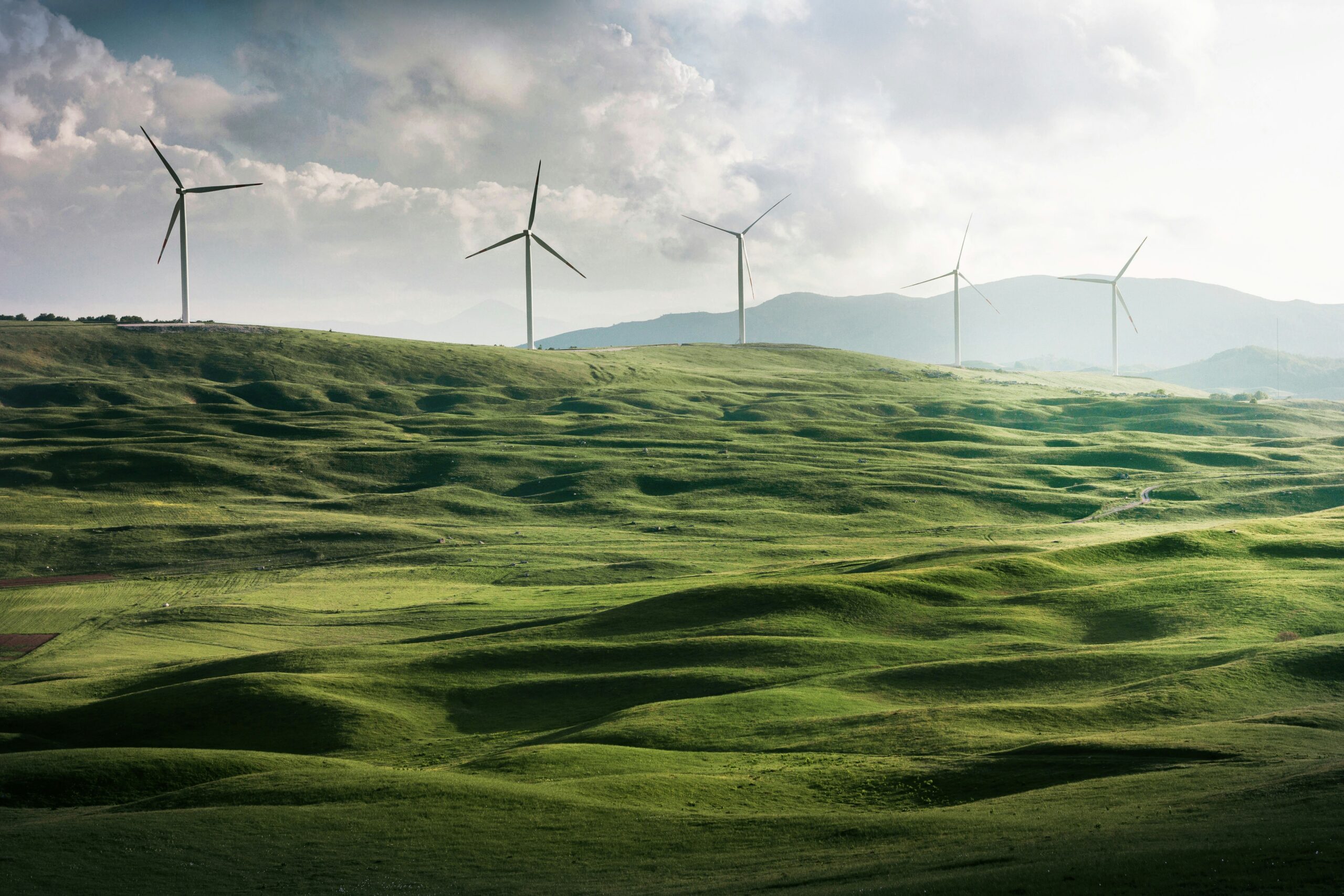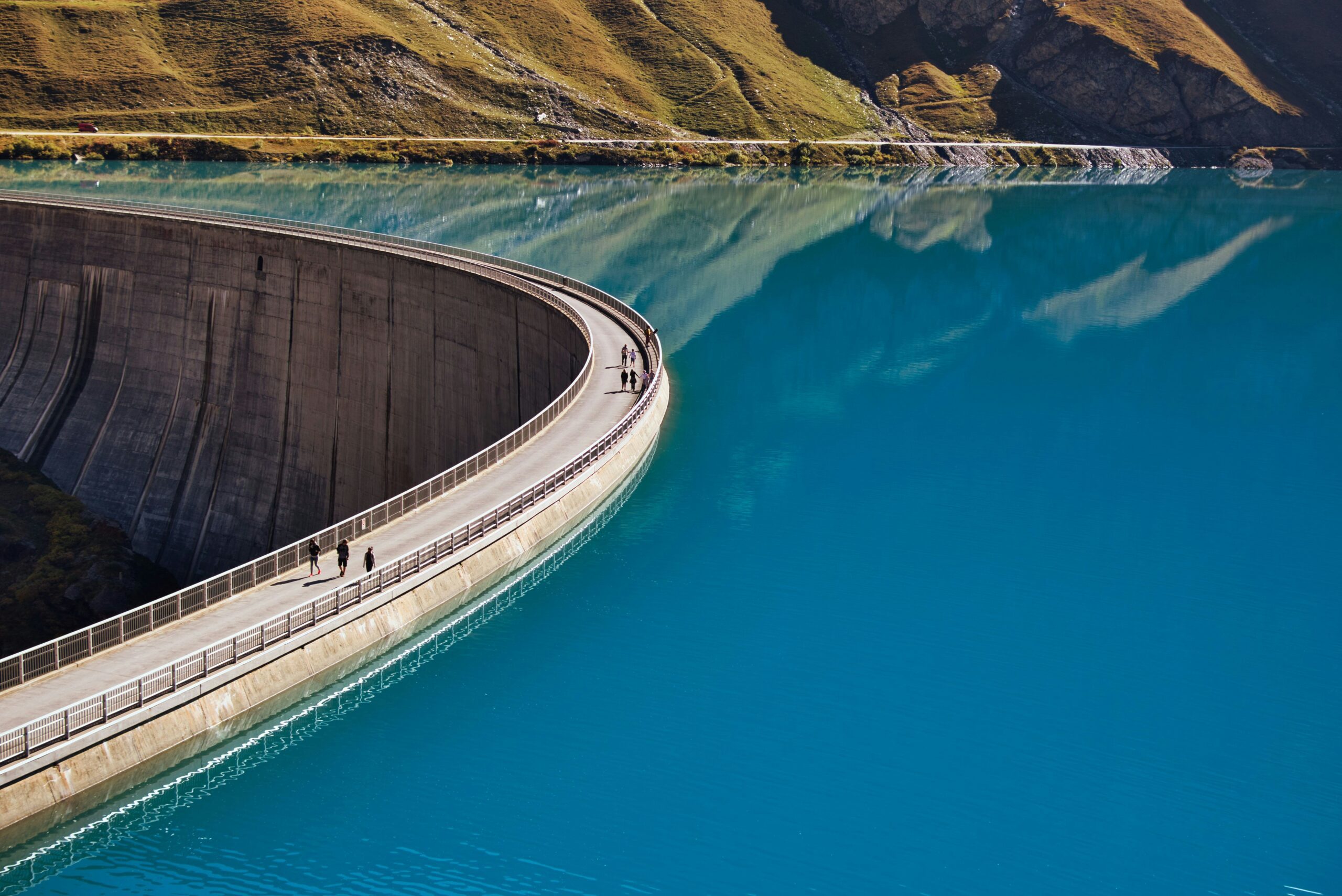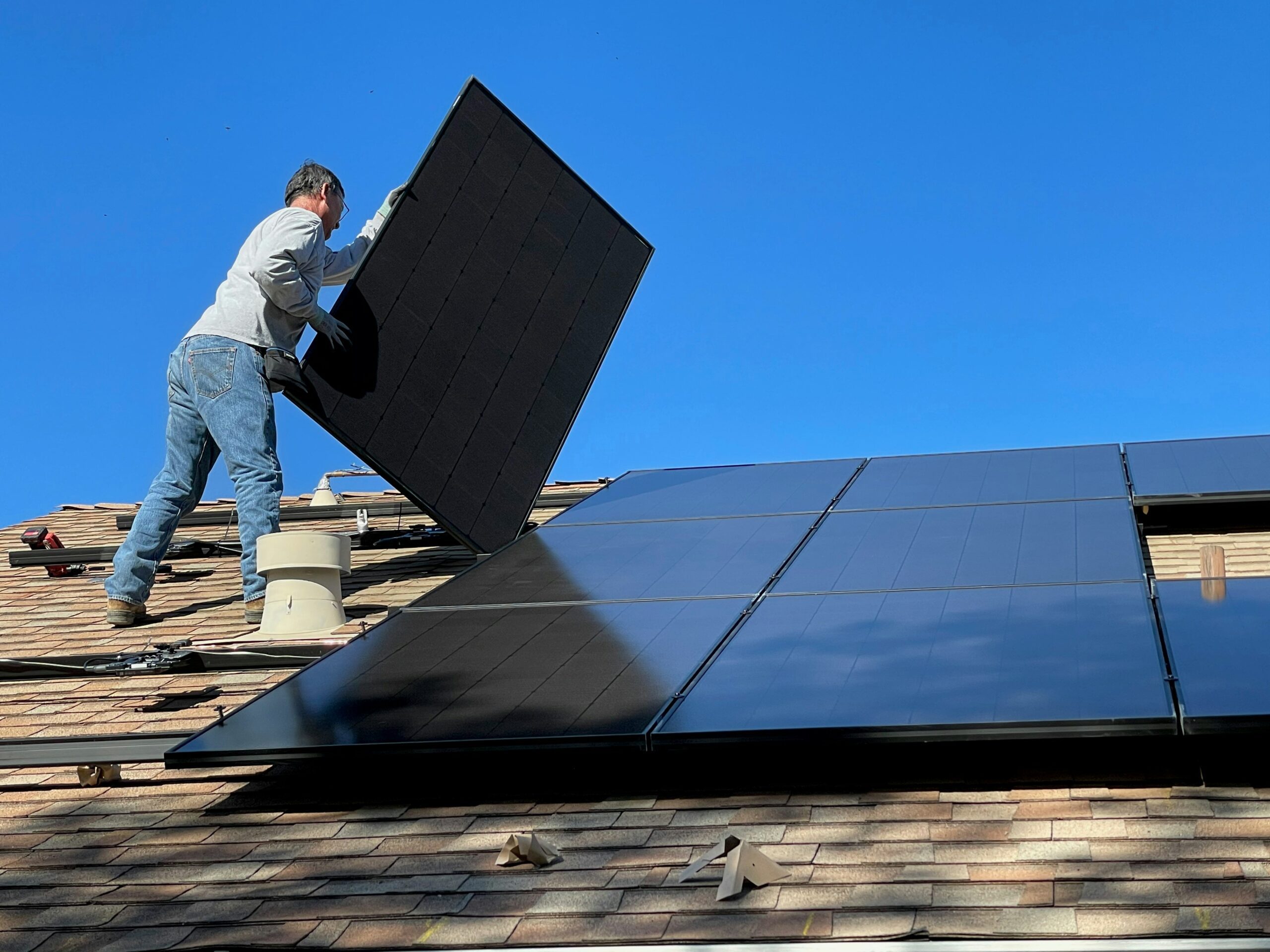
Conducting a wind resource assessment for property owners involves several steps to determine the feasibility of installing a wind energy system. Here’s a basic guide:
Understand the Basics: Familiarize yourself with wind energy and its potential benefits and limitations. Determine whether your property is suitable for wind energy generation based on factors like wind speed, available space, zoning regulations, and local climate conditions.
Check Wind Resources: Assess the wind resources on your property by collecting wind speed data. You can do this by:
- Installing an anemometer: Measure wind speed at different heights (typically 30 to 60 meters) to get accurate data.
- Using online wind maps: These maps provide estimates of wind speed in your area based on historical data.
- Consulting local weather stations: They may have data on wind speed that can be helpful.
Analyze Wind Data: Analyze the collected wind data to determine the average wind speed, wind direction, and wind variability on your property. Consider factors such as seasonal variations and diurnal patterns.
Assess Wind Turbine Options: Research different types of wind turbines available in the market and determine which type is suitable for your property based on the wind resources available, space constraints, zoning regulations, and budget.
Consider Other Factors: Take into account other factors that may affect wind energy generation, such as: Terrain: Wind speed can vary depending on the surrounding terrain, such as hills, forests, or buildings.
Obstructions: Nearby buildings, trees, or other obstacles can create turbulence and reduce wind speed, affecting turbine performance.
Noise and visual impacts: Wind turbines can generate noise and have visual impacts, so consider the preferences of yourself and your neighbors.
Estimate Energy Production: Use software tools or online calculators to estimate the potential energy production of a wind turbine based on the wind resources available on your property and the specifications of the chosen turbine.
Financial Analysis: Calculate the costs involved in installing and maintaining a wind energy system, including the upfront costs of purchasing and installing the turbine, ongoing maintenance costs, and potential savings on electricity bills or revenue from selling excess electricity back to the grid.
Regulatory and Permitting Requirements: Check with local authorities to understand the regulatory and permitting requirements for installing a wind energy system on your property. Obtain necessary permits before proceeding with the installation.
Consult Professionals: Consider consulting with wind energy experts, engineers, or contractors who can provide guidance and assistance throughout the assessment and installation process.
Make an Informed Decision: Based on the results of your wind resource assessment, financial analysis, and consultation with professionals, make an informed decision about whether installing a wind energy system is feasible and beneficial for your property.

Property Owner’s Guide to Wind Assessment
Conducting a wind resource assessment for property owners involves several steps to determine the feasibility of installing a wind[…]

The Environmental Impact of Hydropower
Hydropower, which harnesses the energy of flowing water to generate electricity, has both environmental benefits and drawbacks. Here’s an[…]

The Science of Solar Cells and Continuous Improvement
The science behind solar cells is continually evolving, driven by efforts to increase efficiency, reduce costs, and expand the